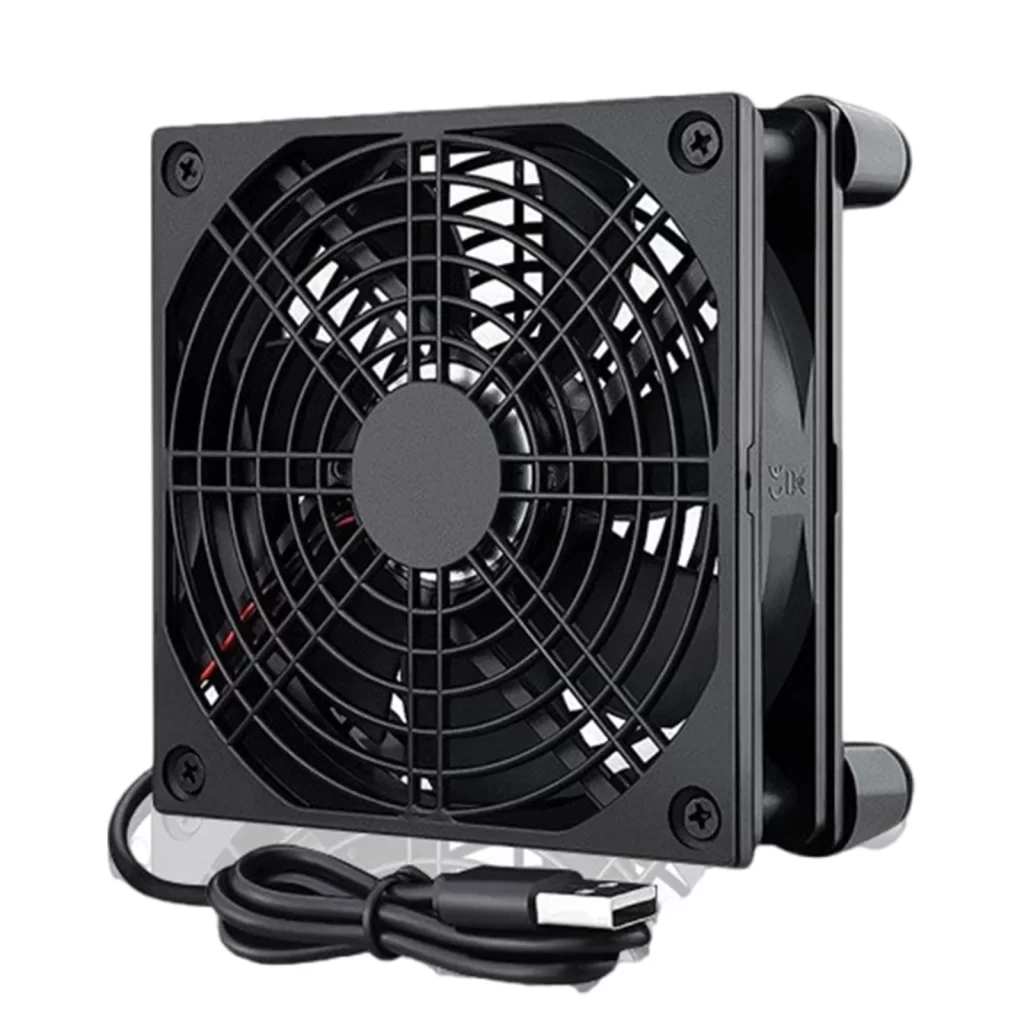Electronics cooling solutions are crucial in extending the lifespan and ensuring the reliability of electronic components. As technology advances, devices become more powerful and compact, leading to increased heat generation. Excessive heat is one of the primary causes of component failure and degradation in electronic systems. Without adequate cooling, components such as processors, power supplies, and memory modules can overheat, resulting in reduced performance, system instability, or even complete failure. Effective cooling solutions, therefore, play a vital role in maintaining optimal operating conditions and preventing thermal damage. The fundamental principle behind electronics cooling is to manage and dissipate the heat generated by components to maintain their temperature within safe operational limits. There are several cooling methods, each tailored to the specific needs of the device or system. Active cooling methods, such as fans, liquid cooling systems, and heat pipes, are commonly used in high-performance electronics, such as gaming computers, servers, and industrial machinery.

These electronics cooling solutions facilitate the direct removal of heat from critical areas, ensuring that components remain within a safe thermal range. Heat sinks are made of materials with high thermal conductivity, such as aluminum or copper, and are designed to increase the surface area from which heat can be transferred. In many consumer electronics, like laptops and smartphones, passive cooling is often sufficient to keep temperatures in check due to the relatively lower power consumption of the components. Overheating not only shortens the lifespan of electronic components but can also result in performance throttling. Modern processors, for example, are designed to automatically reduce their clock speeds if they detect temperatures rising above safe thresholds. This action, known as thermal throttling, is a temporary measure to prevent permanent damage but can lead to noticeable slowdowns in performance. Prolonged exposure to high temperatures can also cause irreversible damage to sensitive components, such as capacitors and semiconductors, leading to complete system failure.
Another critical aspect of electronics cooling is the prevention of thermal cycling, which refers to the repeated expansion and contraction of materials due to fluctuating temperatures. This can lead to mechanical stress on components, solder joints, and circuit boards, causing fatigue and ultimately failure. Maintaining a stable temperature within an electronic device reduces the risk of thermal cycling and the associated damage. As electronics become more complex and power-hungry, the demand for advanced cooling solutions continues to grow. In industries like aerospace, automotive, telecommunications, and data centers, the need for efficient cooling is even more pronounced. These sectors often deal with large-scale, high-performance systems that require robust cooling solutions to ensure their safe operation. Moreover, as devices become increasingly miniaturized, finding effective cooling solutions becomes more challenging, requiring innovative designs and materials. ACDCFAN cooling solutions are indispensable for enhancing the lifespan and reliability of electronic components.